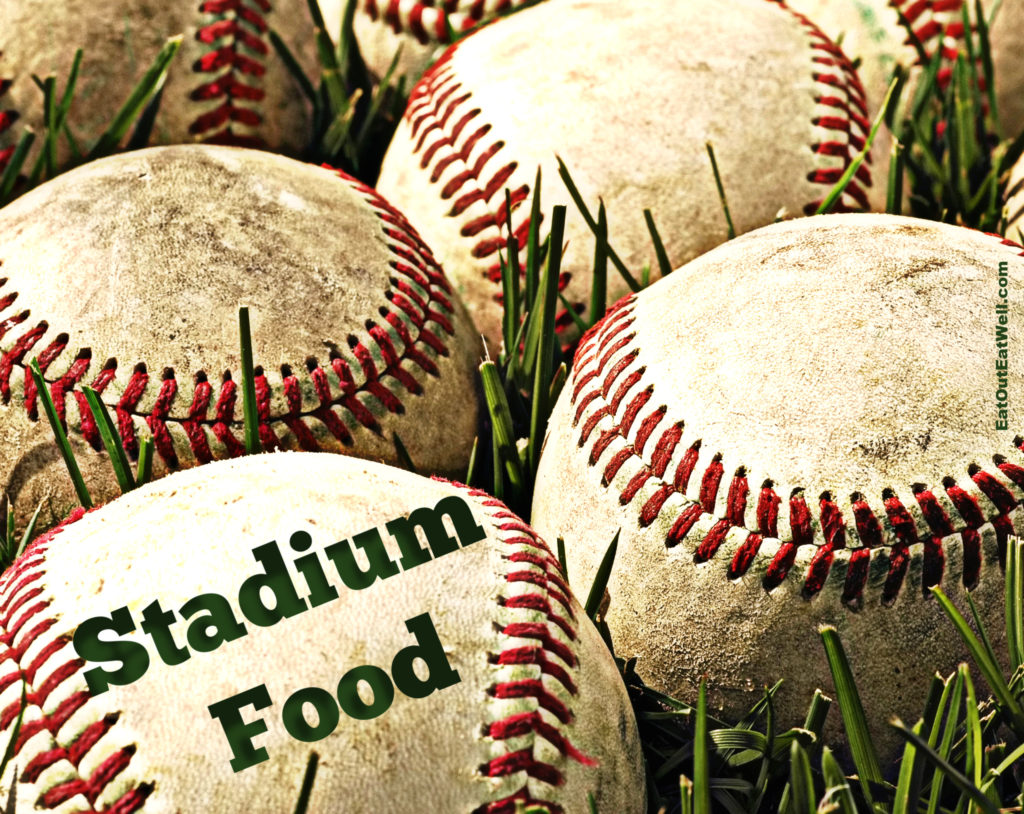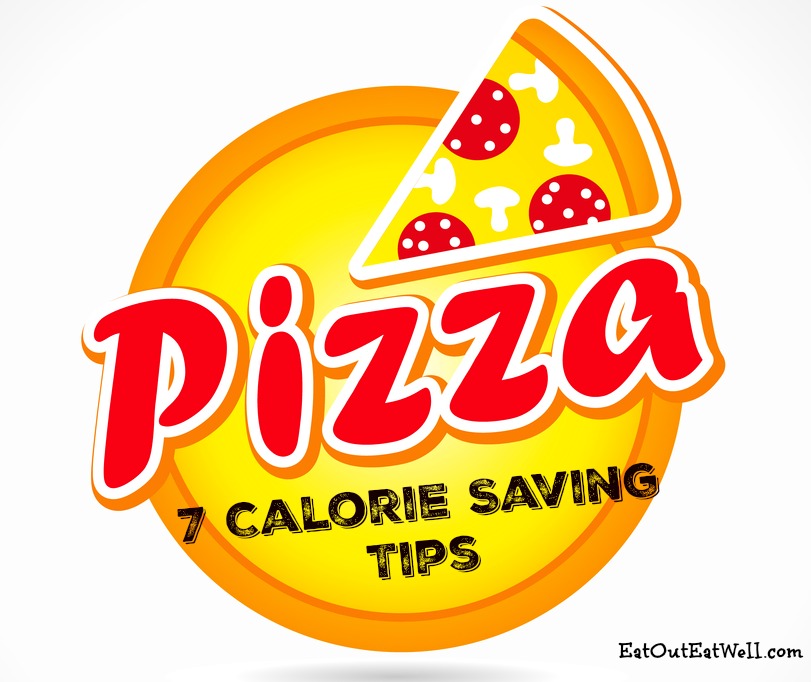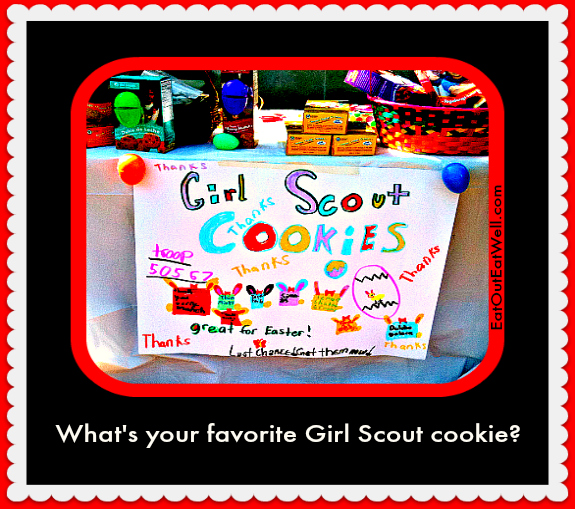
Baseball season is in full swing. What accompanies a visit to the stadium – food, of course!
Oh, the food! Oh the calories! Hang on – this post is not about ignoring the good time food. Of course, there are always healthy food options: you can bring your own or be scrupulous in making healthy choices. And, there are now many more gourmet options available (but usually still loaded with calories). But honestly, do you think that most people really want to eat low calorie foods when they’re at a ballgame? No way.
So what do you do when you’re at these places with food vendors about every 20 feet hawking dogs, ice cream, and beer?
There Are Ways And Then There Are Ways
If you’ve got a will of iron, I guess you could ignore the food and drinks. But if you’re like most people and you’re tempted at every turn, you can try to minimize the damage without taking out the fun. If you know you’re going to be having a stadium or food court meal, do some thinking, planning, and learning. The best choices are not always the obvious ones.
Do you need both peanuts and popcorn? Can you make do with a regular hot dog instead of a foot-long? Can you keep it to one or two beers instead of three? Can you choose the small popcorn instead of the jumbo tub?
Make Your Best Choice
Here’s some info to help you make your best choice. Just a heads up – we’re not talking about the most nutritious choice because given these foods, quality nutrition is not front and center. You can, however, enjoy your day and make the best caloric choice (with a nod to fat and sugar content) and still eat traditional ballpark and amusement park food.
- Cotton Candy: Nothing but heated and colored sugar that’s spun into threads with added air. Cotton candy on a stick or wrapped around a paper cone (about an ounce) has around 105 calories; a 2oz. bag (common size) has 210. A lot of sugar, but not a lot of calories – albeit empty ones.
- Cracker Jack (officially cracker jack, not jacks): candy-coated popcorn with some peanuts. A 3.5oz stadium size box has 420 calories but does have 7g protein and 3.5g fiber.
- Hamburger: of beef with a bun has about 490 calories — without cheese or other toppings which up the ante.
- Grilled Chicken Sandwich, 6oz., 280 calories – not a bad choice. 6oz. of chicken tenders clock in at 446 calories. Barbecue dipping sauce adds 30 calories a tablespoon.
- Hot Dog: Most sold out stadiums can sell 16,000 hot dogs a day. A regular hot dog with mustard has about 290 calories: 180 for the 2oz. dog, 110 for the bun, zilch for regular yellow mustard. Two tbs. of sauerkraut adds another 5-10 calories, 2 tbs. of ketchup adds 30, and 2 tbs. of relish another 40. A Nathan’s hot dog racks up 320 calories; a foot-long Hebrew National 510 calories. Hot dogs are usually loaded with sodium.
- Pizza: Stadium pizza is larger than a usual slice, about 1/6 of a 16-inch pie (instead of 1/8) making it about 435 calories a slice.
- Super Nachos with Cheese: A 12oz. serving (40 chips, 4oz. cheese) has about 1,500 calories!!! Plain French fries look like a caloric bargain by comparison.
- French Fries: A large serving has about 500 calories. A serving of Hardee’s chili cheese fries has 700 calories and 350 of them come from fat.
- Potato Chips: One single serving bag has 153 calories (94 of them from fat).
- Peanuts in the Shell: What would a baseball game be without a bag of peanuts? Stadiums can sell as many as 6,000 bags on game days. An 8oz. bag has 840 calories; a 12oz. bag has 1,260. Yes, they have some protein and fiber. But wow on the calories.
- Soft Pretzel: One large soft pretzel has 483 calories – giant soft pretzels (7-8oz.) have about 700 calories.
- Draft Beer: A stadium draft beer, 20oz. cup (the usual size), has about 240 calories. A light draft saves you 60 calories.
- Coca Cola: A 12oz can has 140 calories –- and close to 10 tsp. of sugar.
- Helmet Ice Cream: Your team’s mini-helmet filled with swirly Carvel, 550-590 calories.
- Souvenir Popcorn: At Yankee Stadium a jumbo size has 1,484 calories and a souvenir bucket has 2,473 calories.



